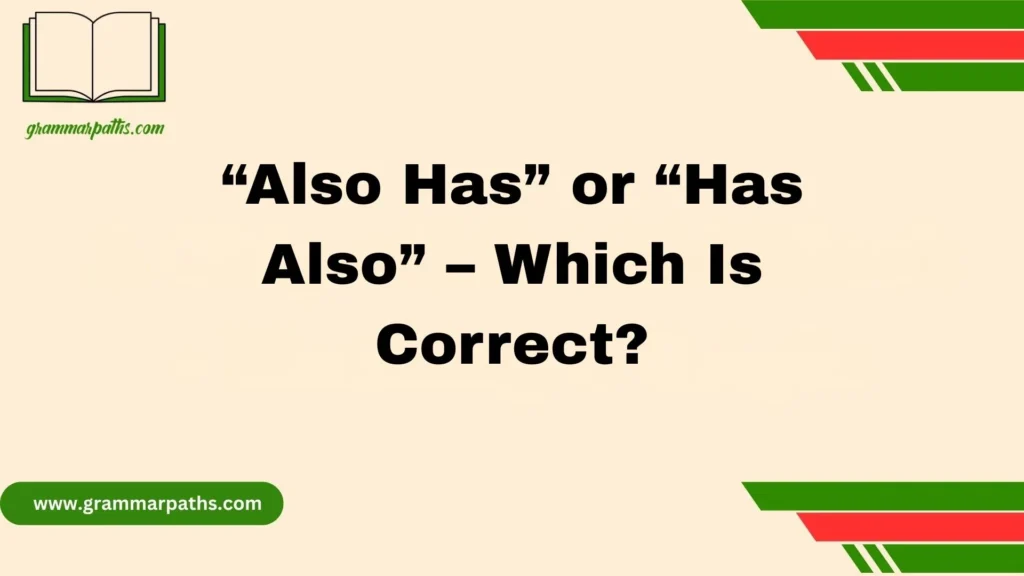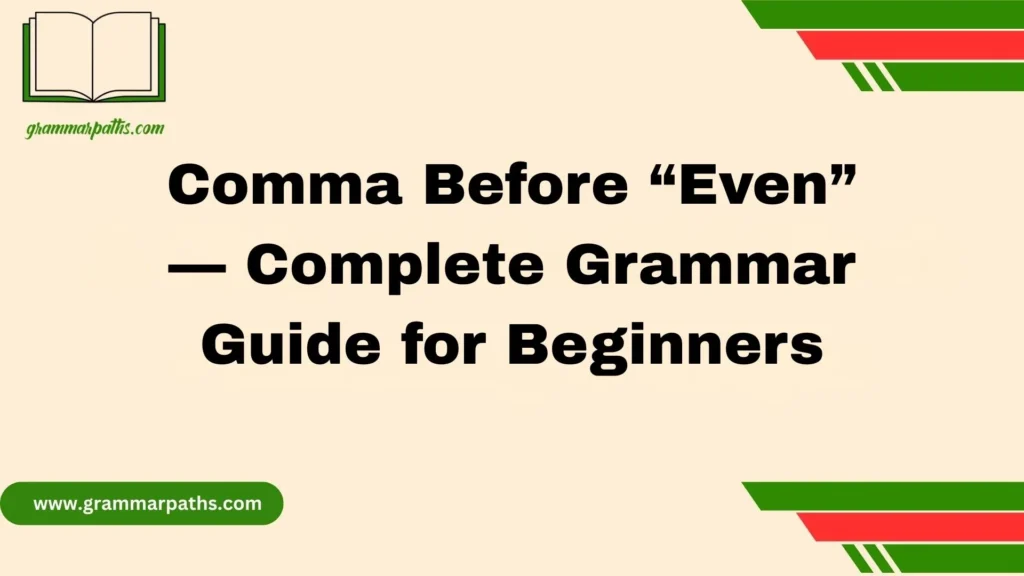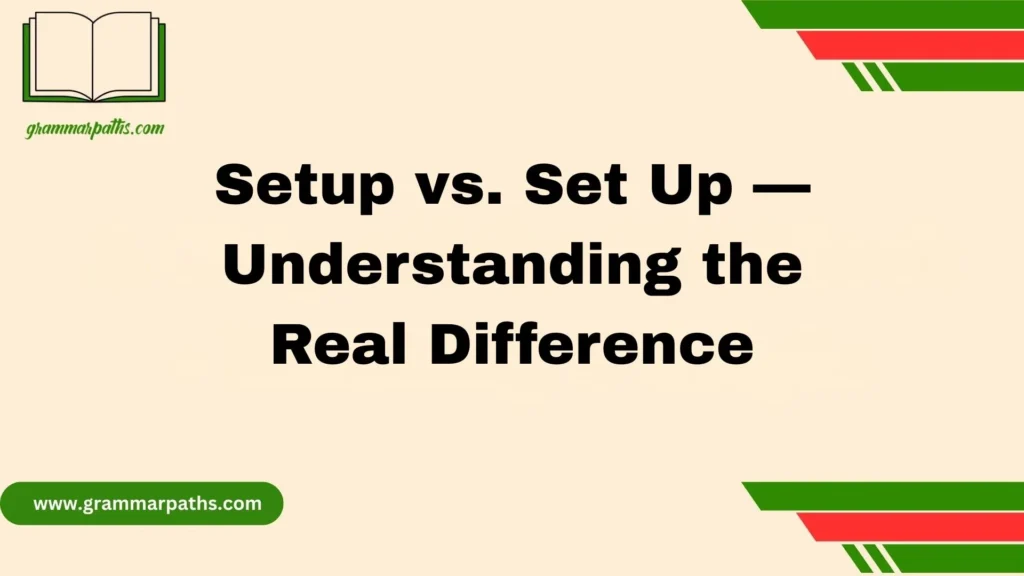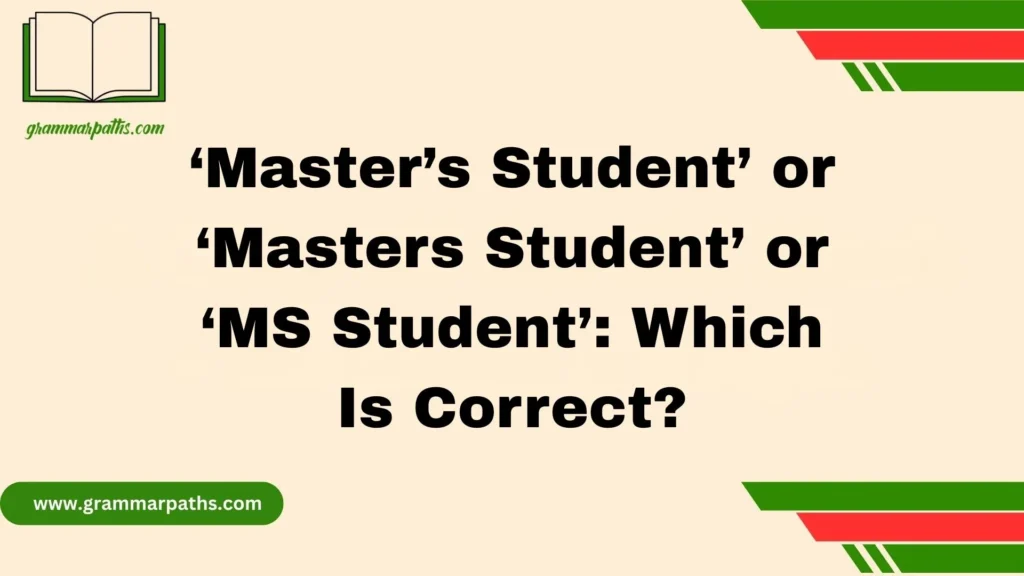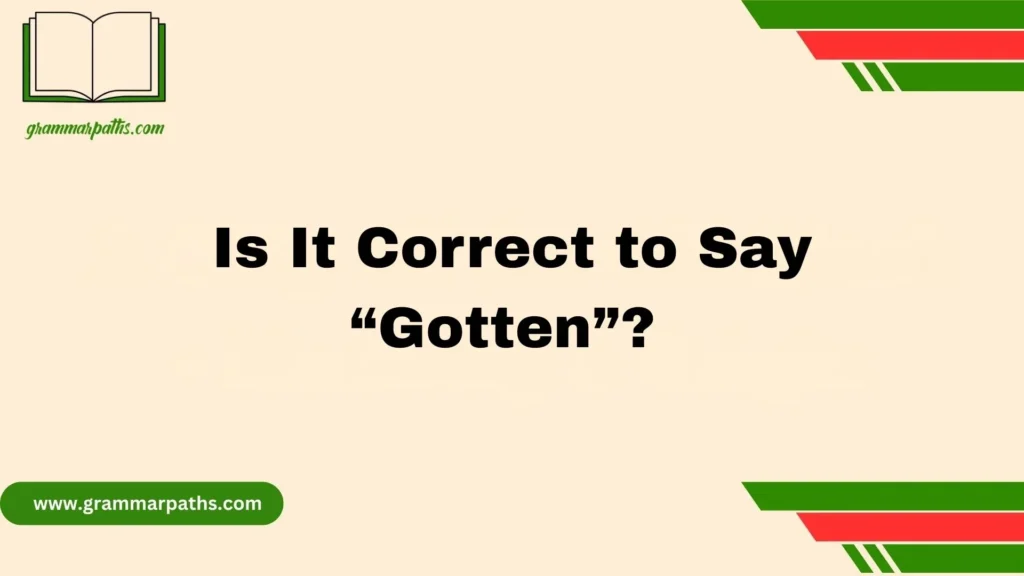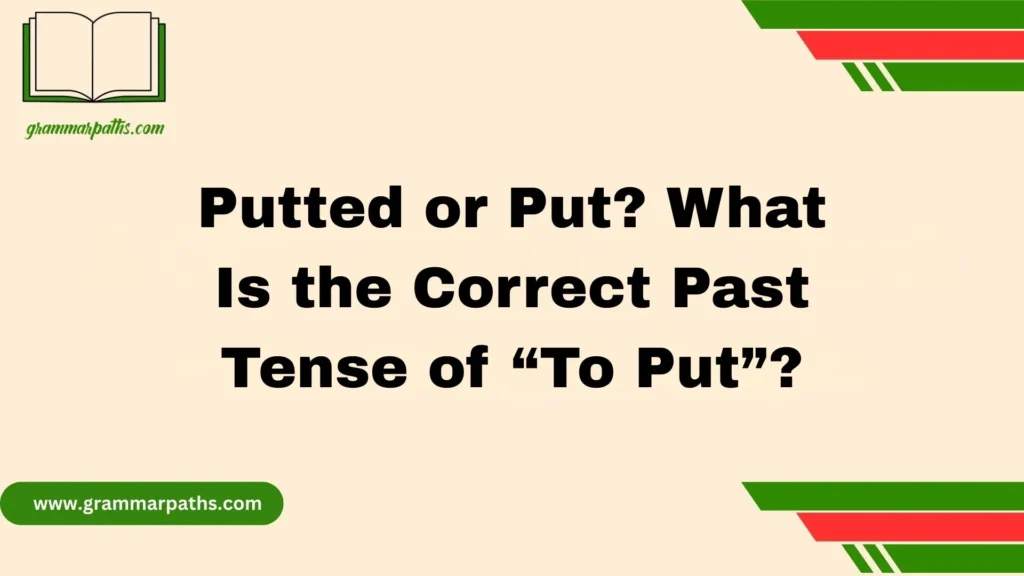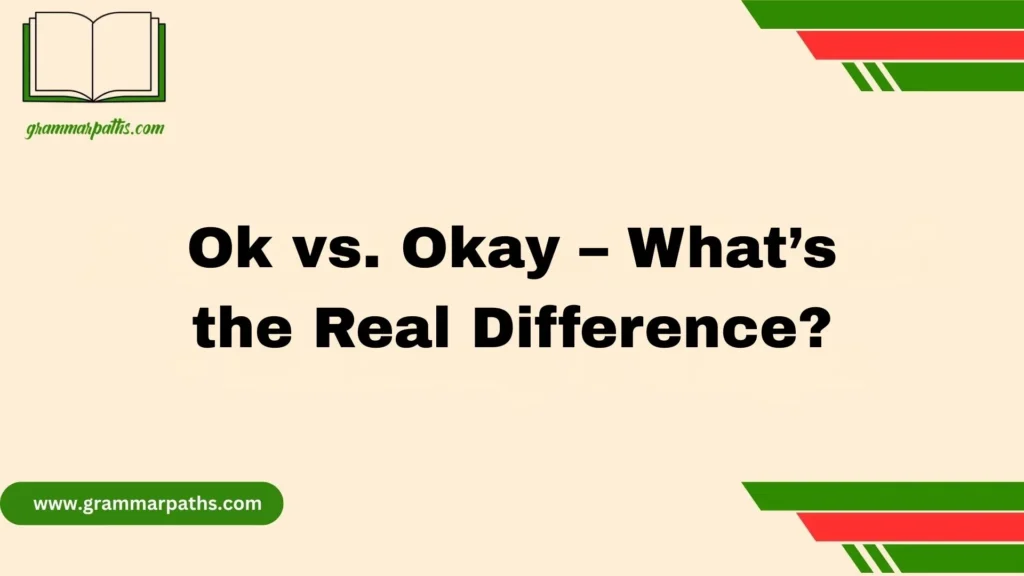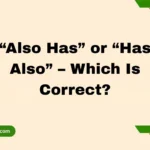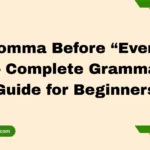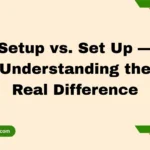When learning English grammar, one of the most useful areas to master is the progressive tense (also called the continuous tense). These tenses are used to describe actions that are ongoing, unfinished, or happening at a particular time. By understanding the progressive aspect, learners can express activities in the present, past, and future more clearly.
The progressive tenses include present progressive tense, past progressive tense, and future progressive tense. Each of these shows actions in motion, rather than completed events. For example, instead of saying “I eat dinner,” you would say “I am eating dinner” to highlight that the action is in progress. This subtle change helps speakers sound more natural and fluent in everyday conversations.
In this complete guide, we will explore the definition, rules, and examples of progressive tenses. You’ll learn how to form them correctly using the verb “to be” along with the -ing form of verbs. We’ll also cover common mistakes, usage tips, and real-life sentence examples. Whether you’re a student, teacher, or language enthusiast, mastering progressive tenses in English grammar will greatly improve your communication skills.
Understanding Progressive Verb Tenses
What Makes a Verb Tense “Progressive”?
A progressive tense (sometimes called continuous tense) describes actions that are unfinished or in progress. The hallmark of progressives is the -ing form of the verb, combined with a form of “to be.”
For example:
- I am writing right now. (Present Progressive)
- They were laughing when I entered the room. (Past Progressive)
- She will be studying all night. (Future Progressive)
Each version focuses on the continuity of the action, not just its start or end.
The Formula
Every progressive tense follows this pattern:
Subject + “to be” + verb(-ing)
Here’s the breakdown:
| Tense | Formula | Example |
| Present Progressive | am/is/are + verb(-ing) | She is eating. |
| Past Progressive | was/were + verb(-ing) | They were playing. |
| Future Progressive | will be + verb(-ing) | I will be traveling. |
Key Features of Progressive Tenses
Progressive forms are more than just verbs with “-ing.” They carry specific meanings and nuances:
- Continuous nature of action: The action is happening over time, not instantly.
- Temporary situations: They describe states or activities that don’t last forever.
- Specific timing: Often linked to exact time markers like right now, yesterday at 6, tomorrow evening.
- Background detail: They create context in storytelling, setting the scene for main events.
Example:
- When the phone rang, I was cooking dinner.
Here, “was cooking” gives background to the main event “the phone rang.”
The Role of “To Be” in Progressive Forms
The verb “to be” is the backbone of all progressive tenses. Without it, the sentence loses its structure.
- Present forms: am, is, are
- Past forms: was, were
- Future form: will be
Examples:
- I am running (present)
- They were swimming (past)
- She will be reading (future)
Common Errors with “To Be”
Learners often:
- Forget to use “to be” (I going instead of I am going)
- Use the wrong form (She are reading instead of She is reading)
- Mix with other auxiliaries unnecessarily (He does is going)
Fixing these mistakes means remembering that “to be” + -ing verb = progressive.
Present Progressive Tense
Structure and Rules
The present progressive describes actions that are happening right now or around the present moment.
Formula:
Subject + am/is/are + verb(-ing)
Examples:
- I am studying for my exam.
- She is working late this week.
- We are planning a trip.
When to Use Present Progressive
- Current actions: She is typing an email right now.
- Temporary situations: He is living with his parents until he finds an apartment.
- Near-future plans: We are meeting them tomorrow.
Comparison: Present Progressive vs. Simple Present
| Aspect | Present Progressive | Simple Present |
| Meaning | Action happening now, temporary | Habit, routine, permanent fact |
| Example | I am reading a book. | I read books every day. |
Past Progressive Tense
Structure and Rules
The past progressive describes actions that were in progress at a certain time in the past.
Formula:
Subject + was/were + verb(-ing)
Examples:
- I was cooking when the power went out.
- They were watching TV last night at 8.
When to Use Past Progressive
- Interrupted actions: She was talking when he interrupted.
- Parallel past actions: I was studying while my brother was playing guitar.
- Background in stories: It was raining, and people were running for cover.
Comparison: Past Progressive vs. Simple Past
| Aspect | Past Progressive | Simple Past |
| Meaning | Ongoing action in the past | Completed action in the past |
| Example | He was reading a novel. | He read a novel yesterday. |
Interaction with Past Perfect
Writers often combine past progressive with past perfect for storytelling:
- I had just left when it was starting to rain.
Future Progressive Tense
Structure and Rules
The future progressive describes ongoing actions that will be happening at a specific time in the future.
Formula:
Subject + will be + verb(-ing)
Examples:
- I will be traveling during the summer.
- She will be working late tomorrow night.
When to Use Future Progressive
- Action in progress at a future time: At 10 PM, I will be watching the game.
- Polite inquiries: Will you be joining us for dinner?
Comparison: Future Progressive vs. Future Simple
| Aspect | Future Progressive | Future Simple |
| Meaning | Ongoing action at a future point | A single action in the future |
| Example | I will be sleeping at midnight. | I will sleep early tonight. |
Progressive Tenses in Context
Progressives aren’t just grammar exercises; they shape real conversations.
Everyday Examples:
- Sorry, I’m driving right now—can I call you back?
- They’re always arguing, but they care about each other.
- Next week, I’ll be staying in New York.
Notice how these sentences sound natural, not robotic. That’s the power of progressive forms.
Common Mistakes and How to Avoid Them
Even advanced learners trip over progressives. Here are the biggest pitfalls:
- Using progressives with stative verbs (know, want, believe)
- I am knowing the answer.
- I know the answer.
- Dropping “to be”
- She going home now.
- She is going home now.
- Using wrong time markers
- I am eating yesterday.
- I was eating yesterday.
- Overusing progressive for habits
- I am going to school every day.
- I go to school every day.
Quick Reference Tables
Structures of Progressive Tenses
| Tense | Formula | Example |
| Present Progressive | am/is/are + verb(-ing) | She is singing. |
| Past Progressive | was/were + verb(-ing) | They were running. |
| Future Progressive | will be + verb(-ing) | I will be studying. |
Signal Words
| Tense | Signal Words |
| Present Progressive | now, right now, currently, at the moment |
| Past Progressive | while, when, at that time, yesterday at 5 |
| Future Progressive | tomorrow, next week, at 8 PM, in the future |
Tips for Learners and Teachers
For Learners
- Listen to conversations: Notice how often native speakers use “-ing” verbs.
- Practice with time markers: Say what you’re doing now, what you were doing yesterday at 7, and what you’ll be doing tomorrow at noon.
- Correct yourself: If you catch yourself saying “I going”, fix it to “I am going.”
For Teachers
- Use role-plays: “What are you doing?” activities engage learners.
- Highlight contrasts: Compare progressives with simple tenses through dialogues.
- Provide visual timelines: Learners grasp progressives better with time charts.
Conclusion
The progressive tenses in English grammar are powerful tools for expressing actions that are happening right now, were ongoing in the past, or will continue in the future. By mastering the present progressive, past progressive, and future progressive, learners can make their communication more precise and natural. These tenses highlight the flow of actions rather than their completion, making speech and writing richer and more engaging. With practice and careful use of the verb “to be” plus the -ing form, anyone can become confident in using progressive tenses.
FAQs
Q1: What are progressive tenses in English grammar?
A1: Progressive tenses, also called continuous tenses, describe actions that are ongoing or in progress at a specific time in the present, past, or future.
Q2: How do you form a progressive tense?
A2: A progressive tense is formed using the auxiliary verb “to be” (am/is/are, was/were, will be) plus the -ing form of the main verb.
Q3: What is the difference between simple and progressive tenses?
A3: Simple tenses describe actions as general facts or completed events, while progressive tenses emphasize actions that are happening or continuing.
Q4: Can progressive tenses be used with all verbs?
A4: No, some verbs, especially stative verbs like “know,” “believe,” and “want,” are not usually used in progressive forms.
Q5: Why are progressive tenses important in English?
A5: They make communication clearer by showing that an action is ongoing, helping learners sound natural and fluent.

Mia Rose is the passionate writer and founder of GrammarPaths.com, a resource dedicated to helping learners master English grammar, idioms, and writing skills with ease. With a deep love for language and years of experience in teaching and content creation, Mia simplifies complex grammar rules into clear, practical guides that readers can instantly apply.

